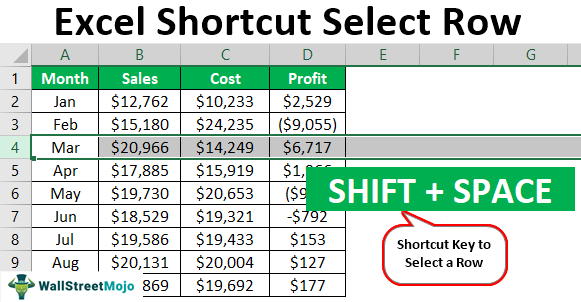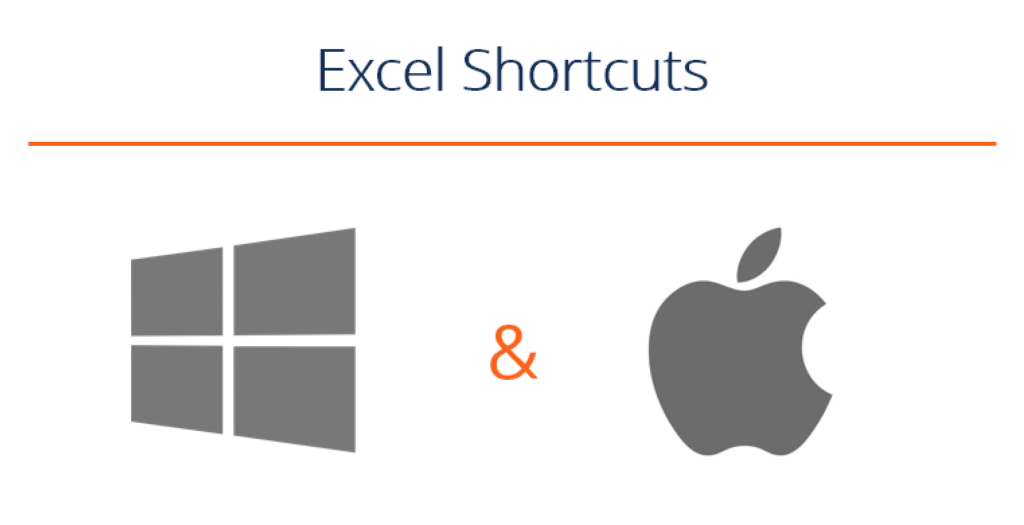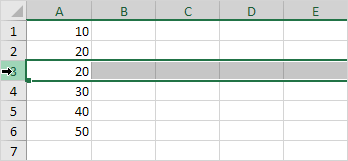

If you are familiar with windows operating system, you should be aware of most of them. Pressing Ctrl+A to select the data range leaves the active cell unchanged.MS Excel offers many keyboard short-cuts. There is another difference between Ctrl+* and Ctrl+A: Pressing Ctrl+* not only selects the data range, it also makes the top-left cell in that data range the active cell.

Press it a third time (or press it a single time if you have a cell outside of a data range selected) and Excel selects the entire worksheet. If you press Ctrl+A a second time, then Excel expands the selection to include any headers. If you have a cell selected within a data range, pressing Ctrl+A once will function almost the same as Ctrl+*, meaning that it selects the data range, minus any headers. In most Windows-based programs, Ctrl+A stands for "select all," meaning everything in whatever file the program is working on. There is another keyboard shortcut that will also select a data range: Ctrl+A. Again, the selection doesn't extend to column A because column B is blank. (The other data range isn't selected because column B is blank.) If you start with cell D12 selected and press Ctrl+Shift+8, then the range C1:E190 is selected.

If you start with cell A7 selected and then press Ctrl+Shift+8, then A1:A325 is selected. To see how the shortcut works, suppose you have data in the range A1:A325, and more data in the range C1:E190. The shortcut also results in the upper-left cell of the range being the active cell. The selection stops when a blank row or a blank column is reached.

(This is the same as Ctrl+*.) This selects, using the currently selected cell as the starting point, the contiguous cells that contain data. The quickest way to select a range of data on your worksheet is to use Ctrl+Shift+8.


 0 kommentar(er)
0 kommentar(er)
